An interest in fashion is an interest that predates almost every other interest in my life, really, except for maybe ballet, or berry picking, or writing, interests that originated around the same time when I was just four or five or six. I used to love jumping off the couches in my tutu and gold and black sequin tube top while listening to Cyndi Lauper. From when I could write I used to keep a journal. We like our friends Vanessa and Kimberley and Pam used to spend our days in the forest playing make believe. We were surrounded by beaches and trees, picking salmon berries and huckleberries, making imaginary worlds up on the stumps of trees, or in the branches of fallen ones.
When we got into school there were all the projects we used to initiate. From dance performances choreographed to Paula Abdul, to plays we would write scripts for and stage and film with our dolls, to writing our own versions of novels, we explored so many avenues of creativity with the support and encouragement of our teacher Mr. Gunther. He and his wife Flora were such caring, sophisticated, cosmopolotan-like people living in our remote community of Alert Bay. As a kid of around seven or eight, I was really into Vogue and Bazaar magazines, and went through each one in detail. I remember making a massive collage of runway looks that I had cut and pasted, it was maybe ten by four feet high, or maybe just seemed that size as I was so small then. We used that rubber glue with the paint brush, so fun. Our small group of friends had so many ideas to explore and our teachers were always keen to see our vision and support it. I’m sure the imprint of looking at and spending time with all of these images has unconsciously shaped my personal aesthetic today.
Fast forward past two decades of snowboarding, life as a commercial fisherwoman, learning to weave all over the BC coast, and becoming acquainted with what it means to be an adept weaver looking to sustain oneself in the context of a commercial art market. As I’ve began to consider the direction of indigenous art, and question and search for integration of traditional skills and materials in a modern world, fashion has re-emerged in my consciousness as an area that makes so much sense and conjures up so much excitement for me. Maybe in part it’s because it kinda makes me feel like a kid again.

On Sept 12-16th, 2017 I had an unexpected opportunity to explore weaving in a completely different context as a part of Western Canada Fashion Week in Edmonton, Alberta. Amy Malbeuf and Becca Taylor of Ociciwan Contemporary Art Collective received funding to bring three indigenous artists whose work involves the body. As an organization run by indigenous women, Ociciwan advocates for innovative and experimental creative practices and research in contemporary art. It was an honour to be asked to participate in their vision.

“Ociciwan Contemporary Art Collective in partnership with Western Canada Fashion Week (WCFW) is proud to present three Indigenous contemporary artists and designers at the Fall 2017 WCFW. The artist designers explore fashion and the body, using traditional material or traditional garment making techniques to inspire and inform contemporary fashions. Jeneen Frei Njootli, Meghann O’Brien, and Sage Paul work across and in-between various artistic disciplines merging the lines between fashion, performance, and visual art.
Each artist has created a fashion line that narrates histories and innovations of Indigenous people; creating a surface of insights on cultural complexity and diversity, that can be worn for special occasions or in daily life. Highlighting their cultural identity, these artists are creating works that are not confined to ideals or appropriation but are diverse, transformable, and changing the conceptions of Indigenous identity in fashion.”

This event was such a special opportunity present work outside of an anthropological context, or even an indigenous specific fashion event. It was a major shift and statement for the artists to be shown alongside fashion from across all of Canada. Ocicwan provided extensive support to execute our unique visions: models, hair dressers, lighting, sound, and makeup artists. Due to the fact that most of my work is accessory-size and labour intensive to create, I borrowed a number of works back which were either on exhibit, loan, or in private collections. In a way it was kind of a like a retrospective of the past ten years. Some of the pieces date back to my very first year of weaving!
On the day of the event, we had an opportunity to share our story on the local news. Jeneen was kind enough to let Sage and myself join Becca as there were only the three seats.
We arrived at the venue with four hours to prepare prior to show time. I would have had no idea how to prepare for this. The next four hours were some of the most fast paced, intensive, and decisive that I’ve ever experienced! I had each outfit laid out in the suitcase with the accompanying accessories and shoes, yet it was still a total chaos of fitting each piece to a model. I didn’t’t expect it to be as difficult as it was but was happy to have each model suited to an outfit that seemed to work!
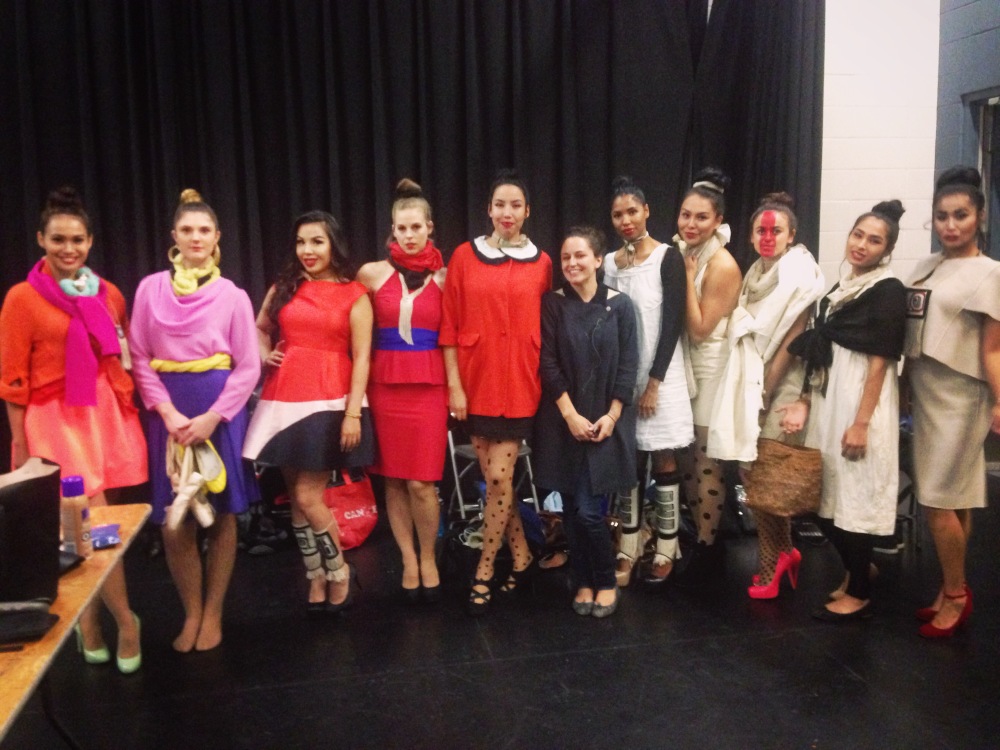
I love that even though I didn’t have time to share with everyone in the audience or on the runway what each piece was and meant, that after the fact I am able write about it and use this as a platform to communicate with those who may not have necessarily been interested in visiting an anthropology museum or art gallery. So much time has been dedicated to each work and much can be read about the individual pieces on my blog.
To complete each outfit, I made some of the dresses by hand stitching them out of linen and canvas (I don’t have a sewing machine), and others were designer consignment or vintage thrift store finds. Sometimes these garments merely referenced parts of plants, by way of color, or ideas of what clothing is, as in I designed it to be functional for certain activities. For example the dresses had to be able to let me squat down for harvesting, and lift my legs for bike riding. And for example, the Wolford polk dot tights represent the Haida clan I belong to, Kowaas, which means “sea eggs” or row. Following is a more detailed overview of what was included in each outfit.

The aftermath of the show was as chaotic as the preparation of it. It was absolutely amazing to me that we had the chance to participate in this, and yet none of the designers got to see each others show because we were all so busy in making sure the models were all ready to go.
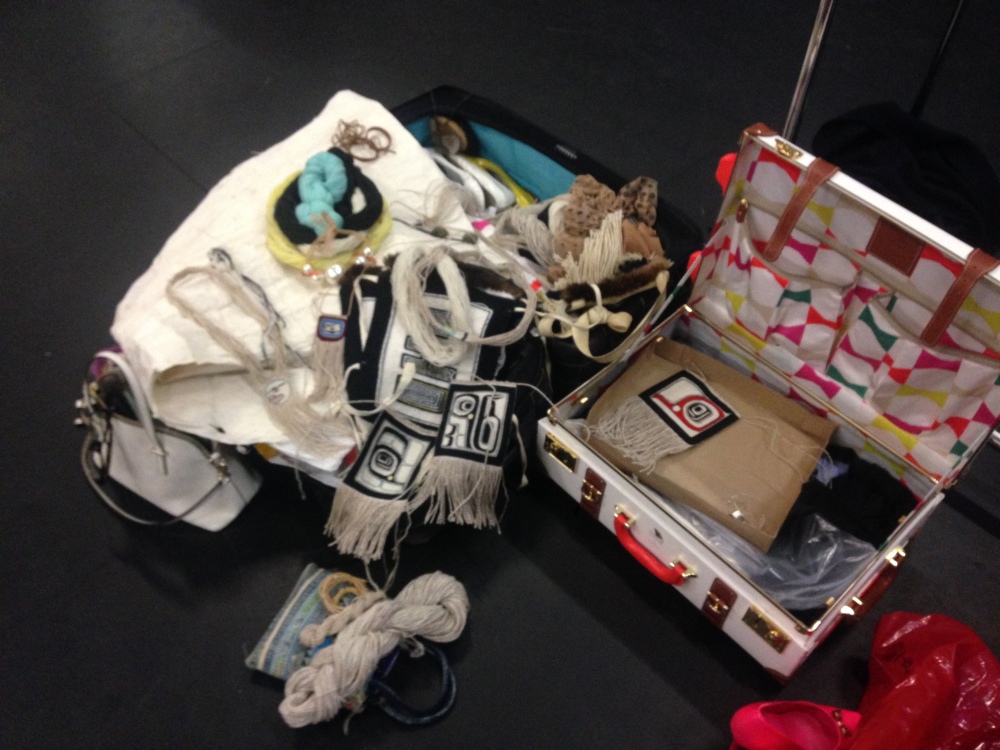
For the multitude of ideas and excitement around exploring fashion as a possible place for Northwest Coast weaving, the reality of it left me with even more questions. Is by including culturally significant works in the oftentimes frivolous and fast world of fashion leading it down a path that will result in diminished meaning? Does showing it on a runway cheapen our culture? Can these things be worn by people who don’t know or understand the societies of the Northwest Coast? Is by going down this road allowing this art to be absorbed into the massive world of fashion, become a trend that there by can become disposable?
Or will it be able to plant seeds in that world that could hold the potential for large scale societal change in the way we form relationships with clothing?
Finding Balance
Much of my work is based on a love of materials, connection to the land, and the development of my character. I feel there is a high amount of respect that is brought forth through the role of weaving in my life, and I appreciate all of the people that weaving has connected me to and allowed relationships to flourish and further my growth. I value our traditional societies so much, and I value those people who value our societies also. I admire it when I see people who wish to invest in and support the contemporary expression of this ancient culture. The logical step in this for me is to find a way to translate this work into a form that those who are outside of our culture, to be able to honour the wearability of this art form in a respectful way. To me a respectful way is not wearing an actual chiefs robe, and equally, it is not respectful to the robe itself that it’s life be relegated to a wall, or a museum case. So then, am I comfortable altering the tradition of ceremonial regalia in a way that honours what it has been and still is, while allowing it to be a respectful gesture by those whose hearts and minds are open enough to receive the beauty and depth of what we have retained on the northwest coast?
The western status symbols of diamonds and gold are dated and destructive to both the earth and the people who are subjected to extracting them. Blood diamonds and the blood spilled by cultures in war over gold should no longer be the status symbols. Why not invest in the revitalization of a people, rather than the subjection of them. I envision Naaxiin as a new status symbol, one where those who wear it are socially, ethically, environmentally, and morally switched on. People of a high intellect and sensibility. People who know that true art isn’t bound by gender, genres, materials, or form.
When confronted with all of these questions, I look to the presence of gold and silver jewelry engraved with supernatural beings and family crests, that have been accepted and embraced and celebrated since their emergence with the joining of european goldsmith techniques with the work of Bill Reid.
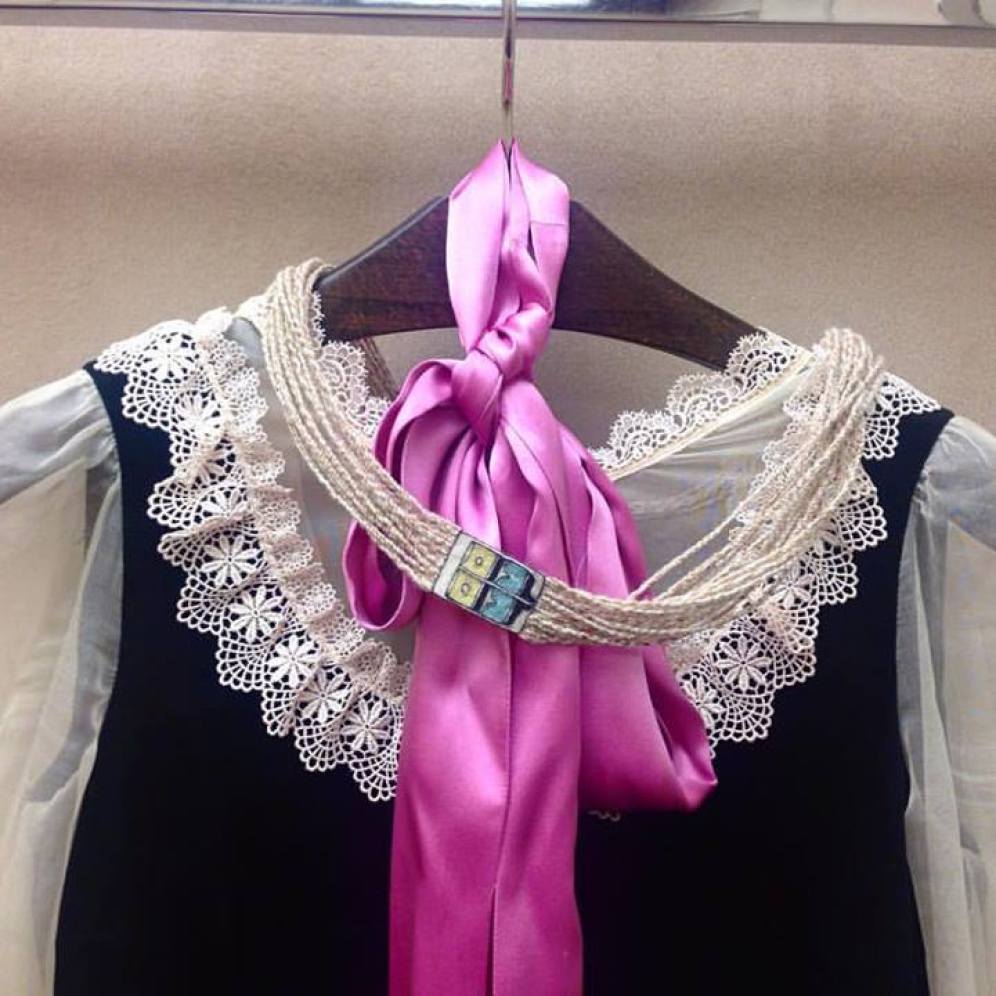
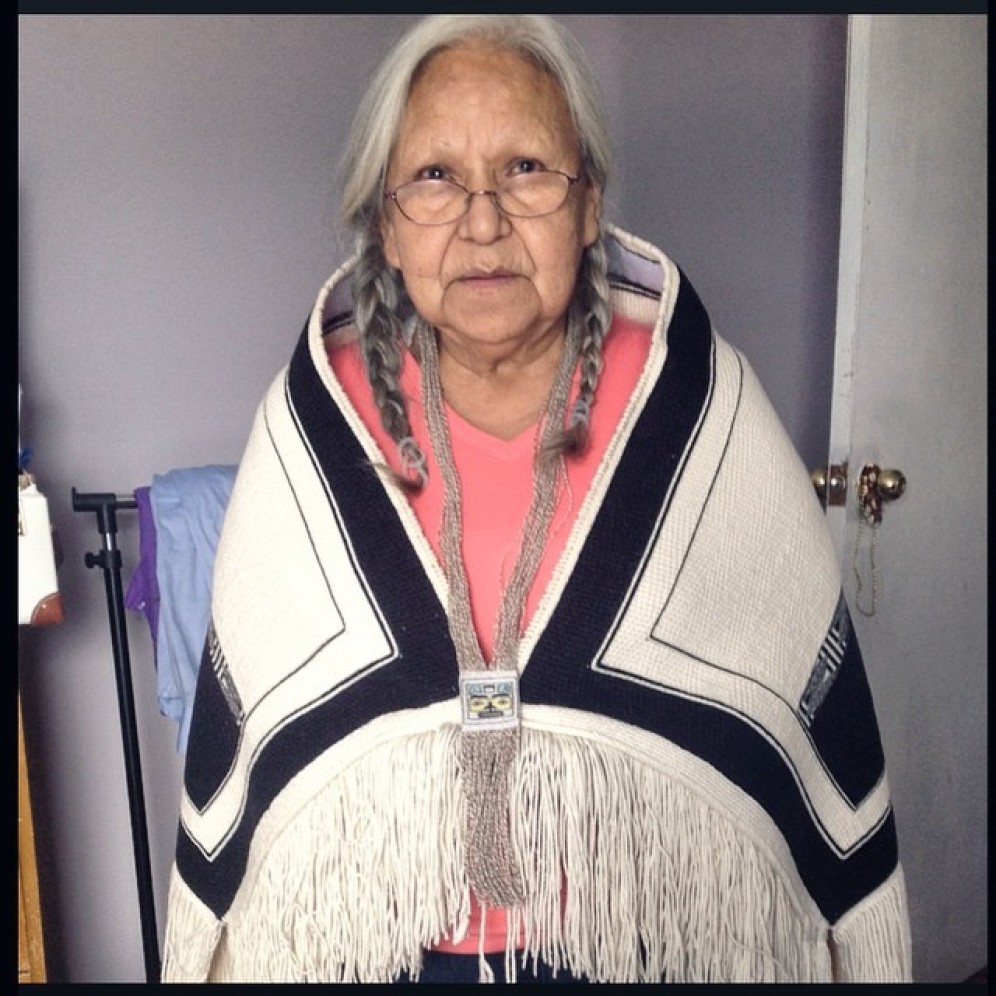
To me when I look at the power of these historical ways of making and dressing, I see so much of value and substance that is endangered by our evolution as indigenous people struggling to reclaim and rebuild our identity in the midst of a new world. So many of our people are now participating in the production of garments made in China and cheap versions of sacred designs printed onto t-shirts and leggings, and to me this isn’t entirely the direction we should all be headed. The business models and disposability of the modern world has always bothered me. My aim in the work with my weaving is to make a version of Naaxiin weaving that contributes to the fabric of our greater society, honours what it has been, and carries it forward with as much integrity as possible. I am inspired by and feel a kinship to the people who make haute couture, their world is as endangered as ours is as being relegated to the past. We have to find relevance and fight for what we have, always.



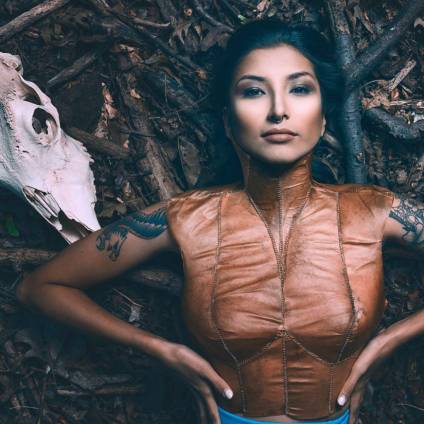



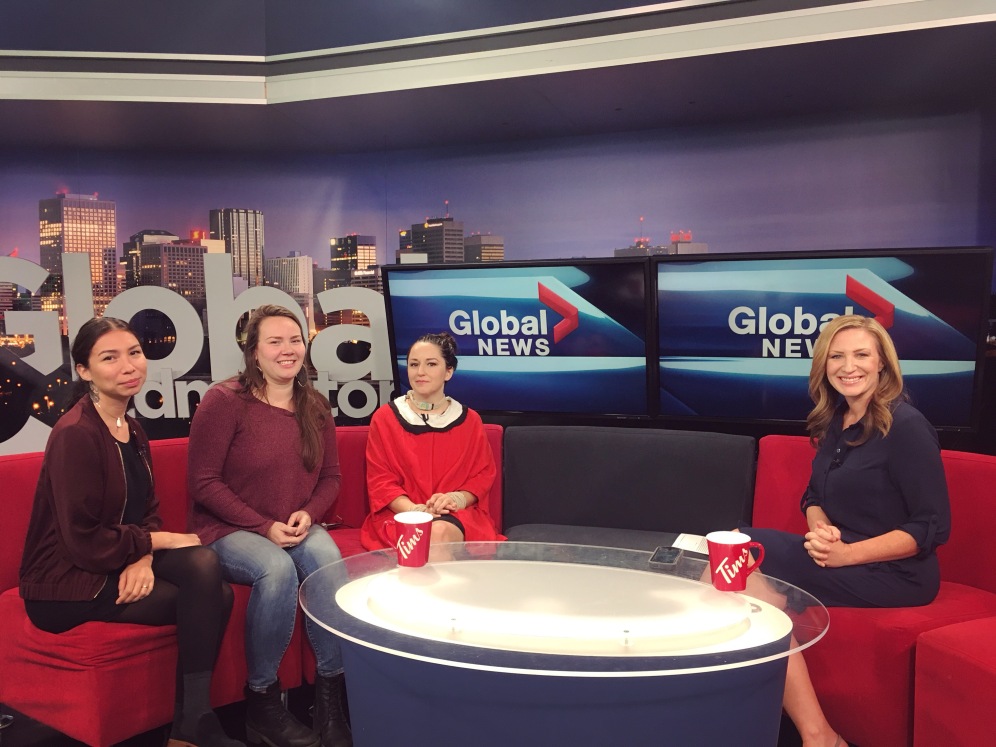












One thought on “Western Canada Fashion Week”